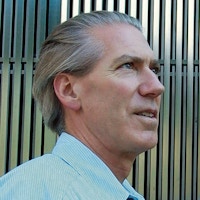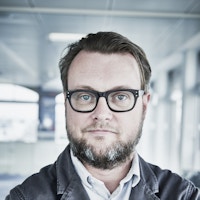Myths & Tales of Transparency: Bringing Clarity to Emergent Facade Technology
- Session at Facade Tectonics Forum: CTBUH 2015 New York
The pursuit of literal transparency in the building skin has been a predominant driver in facade design since the first use of glass in buildings, dating back to the Roman Empire. Trends dating back to this time include the increasing percentage of window-to-wall ration, larger glass sizes, improved optical quality, and higher visible light transmittance. Glass has become ubiquitous in the urban environment, a near commodity material dominating the world’s city skylines. Long-span applications have resulted in elegant exposed tensile structural systems and the development of glass as a structural material in beam and column applications. But the widespread adoption of glass has been a double-edged sword. Critics point to the poor acoustical and thermal performance of the material, and the problematic solar control issues inherent in its use. Advocates point to important potential energy consumption reductions resulting from skilled daylight design, as well as the health benefits provided by daylight and view. How are these factors influencing the current use of glass, and how will they influence the trajectory of this use into the future?
Three extraordinary practitioners with extensive and diverse experience in the use of glass each bring a unique perspective to this dialogue. Mic Patterson, author, educator, and vice president at the Advance Technology Studio of Enclos will moderate this panel comprised of renowned architectural artist James Carpenter of James Carpenter Design Associates, structural engineer James O’Callaghan of Eckersley O’Callaghan, and LEED Fellow Nico Kienzl of Atelier Ten, as they expound on the use of glass in their own work.
Speakers
Mic Patterson, LEED AP BD+C
Ambassador of Innovation & Collaboration, Enclos



